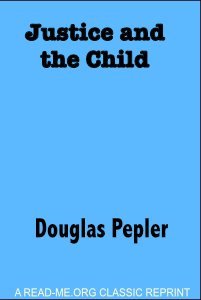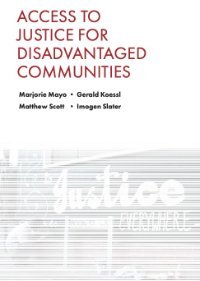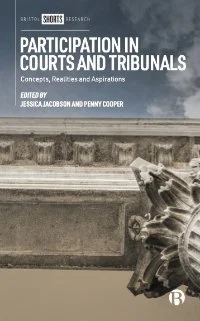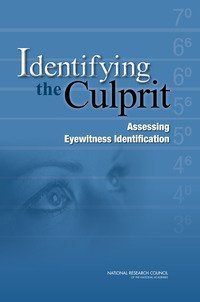By Christian De Vos, Sara Kendall and Carsten Stahn.
The Politics and Practice of International Criminal Court Interventions.“This timely, perceptive book brings together leading scholars and practitioners to reflect on the field of international criminal justice through focusing on a singular institution: the International Criminal Court (ICC). Drawing on a range of experience, empirical work, and normative theory, it seeks to come to grips with a remarkable development – the creation of a permanent, international court meant to adjudicate mass crimes – through assessing the ICC’s work in practice, given now more than a decade of experience to explore. The ICC is a clear innovation in global governance. A relatively new legal institution, it was intended as an evident departure from past exceptional tribunals associated with particular conflicts. “
Cambridge University Press. (2015) 526 pages.


















